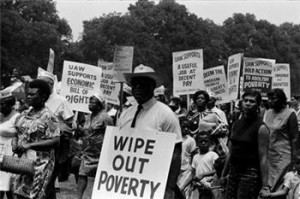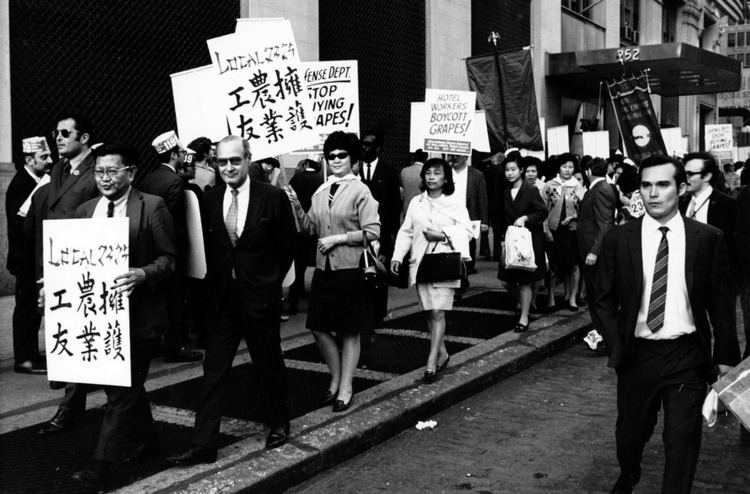 | ||
Uploaded the asian american movement feature documentary
The Asian American movement was a U.S. based social and political movement in which Asian Americans mobilized to exercise their political power and build solidarity with other communities of color. The movement began in 1968, when the Asian American Political Alliance (AAPA) formed at UC Berkeley, and remained active until the late 1970s.
Contents
- Uploaded the asian american movement feature documentary
- Asian american movement
- The Formation of the Asian American Political Alliance AAPA
- Key figures
- Key organizations
- References
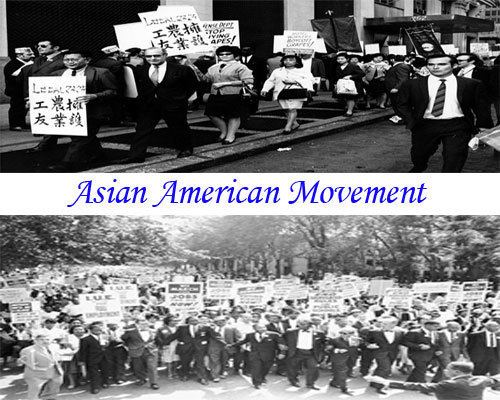
Asian american movement
The Formation of the Asian American Political Alliance (AAPA)
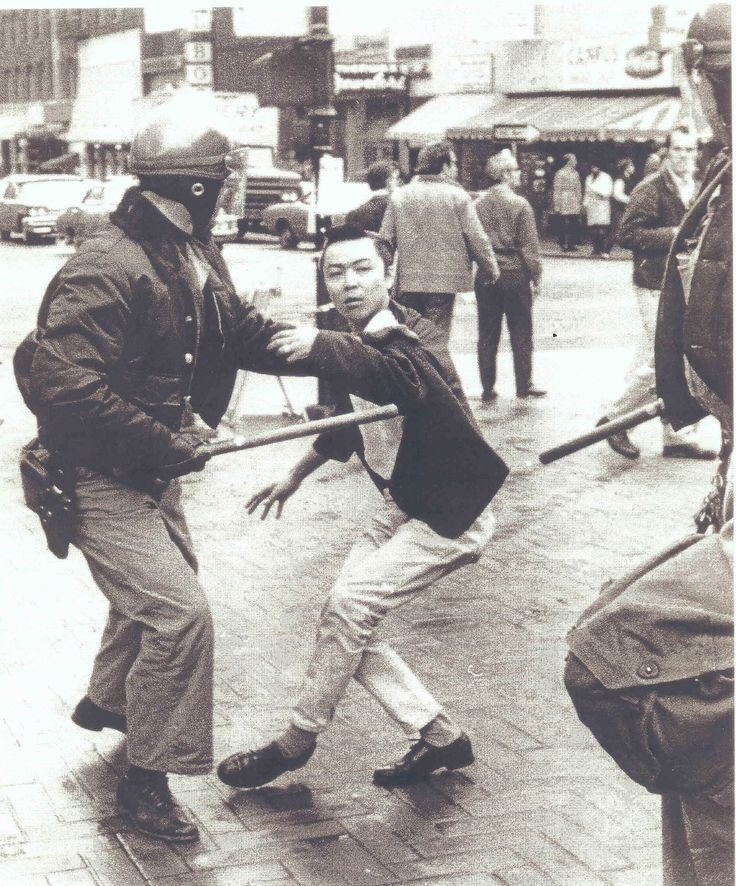
Yuji Ichioka and Emma Gee founded the AAPA and first used the term "Asian American" in the process. Because Asian Americans had been called Orientals before 1968, the formation of the AAPA challenged the use of the pejorative term. According to Karen Ishizuka, author of Serve the People: Making Asian America in the Long Sixties, the label "Asian American" was
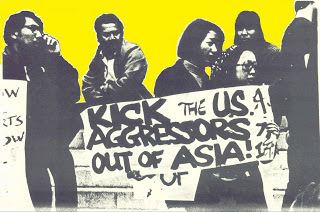
"More than just a descriptor, [and] the term subverted the Orientalist tradition of lumping all Asians together-- this time as an oppositional political identity imbued with self-definition and empowerment, signaling a new way of thinking."
At the AAPA Rally on July 28, 1968, Richard Aoki gave a speech that summarized the organization's ideology:
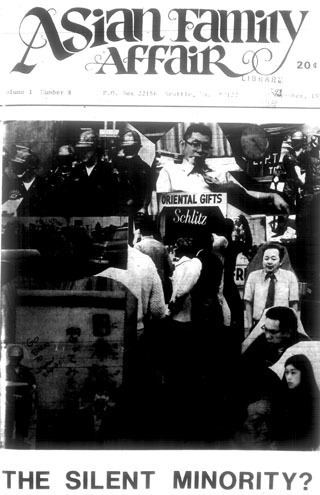
"We Asian-Americans believe that American society has been, and still is, fundamentally a racist society, and that historically we have accommodated ourselves to this society in order to survive...
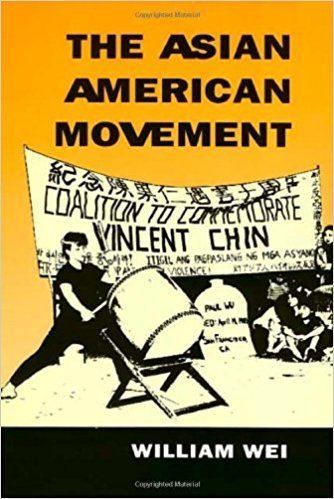
We Asian-Americans support all non-white liberation movements and believe that all minorities, in order to be truly liberated, must have complete control over the political, economic, and social institutions within their respective communities.
We Asian Americans oppose the imperialist policies being pursued by the American government..."
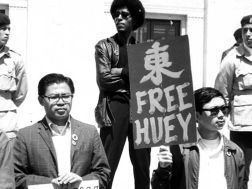
Ichioka and Gee included the words "political" and "alliance" in their group's name to emphasize its pan-Asian focus, its anti-imperialist stance, and its membership in the Third World Liberation Front.
Key figures
